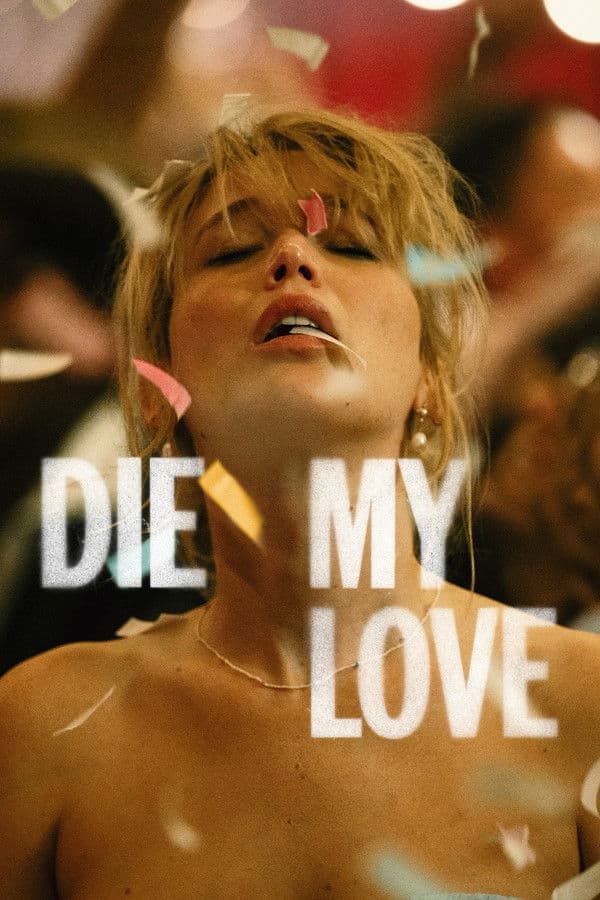
Die My Love
2025 • Drama, Thriller • R
Grace and her partner Jackson move into an old country house. She pursues her dream of writing, and the couple welcome a baby soon after. However, with Jackson frequently absent, and the pressures of domestic life weighing on her, Grace begins to unravel, leaving a path of destruction in her wake.
Runtime: 1h 59m
Why you should read the novel
Reading 'Die, My Love' by Arianna Harwicz is an unparalleled experience, plunging you directly into the intricate psyche of its protagonist in a way only literature can. The book’s raw, lyrical prose dissolves the boundary between narrator and reader, inviting you to live her fears, obsessions, and emotional turmoil from the inside. Every page thrums with urgency, despair, and cruel beauty—something that can be diluted when transferred to the screen.
Harwicz’s language is both jarring and poetic, weaving images and internal monologues that shape a unique rhythm and tension. The book’s stream-of-consciousness style offers a rich, authentic immersion into the protagonist’s mind, delivering insight that a movie’s visual storytelling often cannot achieve. Reading allows for reflection and resonance with the text, lingering on sentences that cut deep.
Choosing the novel over the film adaptation gives you access to Harwicz’s unfiltered voice and the nuanced layers of her storytelling. It demands more of the reader but rewards you with a direct confrontation with madness, motherhood, and alienation that is deeply personal and evocative. For a truly harrowing exploration of the human soul, the book is indispensable.
Adaptation differences
The movie adaptation of 'Die, My Love' prioritizes visual storytelling and narrative clarity, which inevitably trims down the novel's unstructured, feverish stream-of-consciousness. While the film remains emotionally intense, it cannot fully replicate the immersive psychological depth supplied by Harwicz’s prose, meaning viewers get only a surface exposure to the protagonist’s chaotic internal reality.
Certain scenes from the novel, particularly those that blend fantasy and reality or unravel in fractured monologues, are either omitted or simplified for the film. This makes the adaptation more accessible but less faithful to the original’s challenge and ambiguity. Moments that in the book seem hauntingly ambiguous may be presented more concretely, guiding the audience toward a specific interpretation instead of leaving space for discomfort and uncertainty.
The film also adapts some characters, such as the husband and neighbors, to fit more clearly drawn roles and relationships. In the book, these secondary figures often remain shadowy and ambiguous as seen through the protagonist’s dissociative lens. On screen, these roles are fleshed out to provide stronger narrative anchors for the audience.
Finally, the ending of the movie differs in tone and resolution from the novel’s harrowing conclusion. While the book immerses the reader in an unresolved, existential dread, the film offers a slightly more structured, if not hopeful, closure—potentially softening the unrelenting psychological tension that defines Harwicz’s original.
Die My Love inspired from
Die, My Love
by Arianna Harwicz










